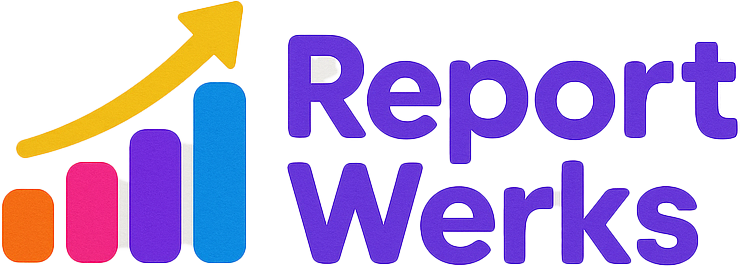Unlocking the Power of Bing Ads to Engage Older Donors and Enhance Your Non-Profit’s ROI
Introduction
In the dynamic landscape of non-profit fundraising, reaching and engaging the right donor segments is crucial for sustainable growth and impact. While digital advertising has revolutionized outreach efforts, many organizations overlook the potential of platforms like Bing Ads, especially when targeting older demographics. As non-profits seek to optimize their fundraising ROI, understanding how to leverage Bing Ads effectively can open new avenues for donor engagement and revenue generation.
The Significance of Digital Advertising and ROI Reporting in Non-Profits
In an era where data-driven decision-making is paramount, non-profits must employ sophisticated analytics and reporting tools to measure the effectiveness of their campaigns. ROI reporting not only demonstrates accountability to stakeholders but also guides strategic investments in outreach channels. Digital advertising, particularly on platforms like Bing, offers precise targeting capabilities that can significantly improve donor acquisition and retention, especially among older supporters who are increasingly active online.
Why Focus on Older Donors?
Older donors often represent a substantial portion of a non-profit’s funding base. They tend to have higher disposable income and a strong commitment to causes they believe in. However, this demographic may prefer traditional media but is also increasingly engaging with online platforms. Bing Ads provides a unique opportunity to reach this segment effectively, leveraging search intent and tailored messaging to resonate with their values and interests.
Best Practices for Using Bing Ads to Reach Older Donors
1. Understand Your Audience Deeply
Conduct thorough research on your target demographic’s online behavior, search habits, and preferred content. Use analytics tools to identify keywords and queries that older donors are using when seeking information related to your cause.
2. Develop Targeted and Relevant Ad Content
Create ad copy that speaks directly to the values and motivations of older supporters. Highlight impact stories, legacy giving options, and tax benefits to appeal to their philanthropic interests.
3. Utilize Precise Audience Targeting Features
Bing Ads allows for demographic targeting based on age, location, device, and more. Use these features to specifically reach donors over a certain age bracket, ensuring your budget is focused on high-potential segments.
4. Optimize Landing Pages for Engagement
Ensure that your landing pages are user-friendly, accessible, and contain clear calls to action. Incorporate testimonials, impact metrics, and easy donation pathways to convert interest into action.
5. Monitor, Analyze, and Refine Campaigns
Regularly review performance metrics such as click-through rates, conversion rates, and cost per acquisition. Use this data to refine your targeting, ad copy, and bidding strategies for better ROI over time.
Measuring and Reporting ROI Effectively
Integrate your Bing Ads data with your fundraising analytics platform to track the full donor journey—from ad interaction to donation. Use advanced attribution models to understand the influence of your campaigns on donations. Reporting should include key metrics such as cost per dollar raised, donor lifetime value, and campaign reach among older supporters.
Emerging Trends and Success Stories
Many non-profits have successfully increased their donor base by deploying targeted Bing Ads campaigns. For example, a healthcare charity used age-specific keywords to engage senior supporters, resulting in a 30% increase in donations from this demographic and a 25% improvement in ROI. Incorporating AI-powered ad optimization tools can further enhance campaign performance by automatically adjusting bids and ad placements based on real-time data.
Conclusion and Next Steps
Maximizing the potential of Bing Ads to reach older donors requires a strategic approach rooted in deep audience understanding, targeted messaging, and rigorous analytics. Non-profit leaders should start by conducting audience research, setting clear campaign goals, and integrating their advertising efforts with comprehensive ROI reporting. By doing so, they can unlock new funding streams, strengthen donor relationships, and demonstrate impactful use of digital channels.
Embrace these best practices today to elevate your non-profit’s outreach and fundraising success in an increasingly digital world.
